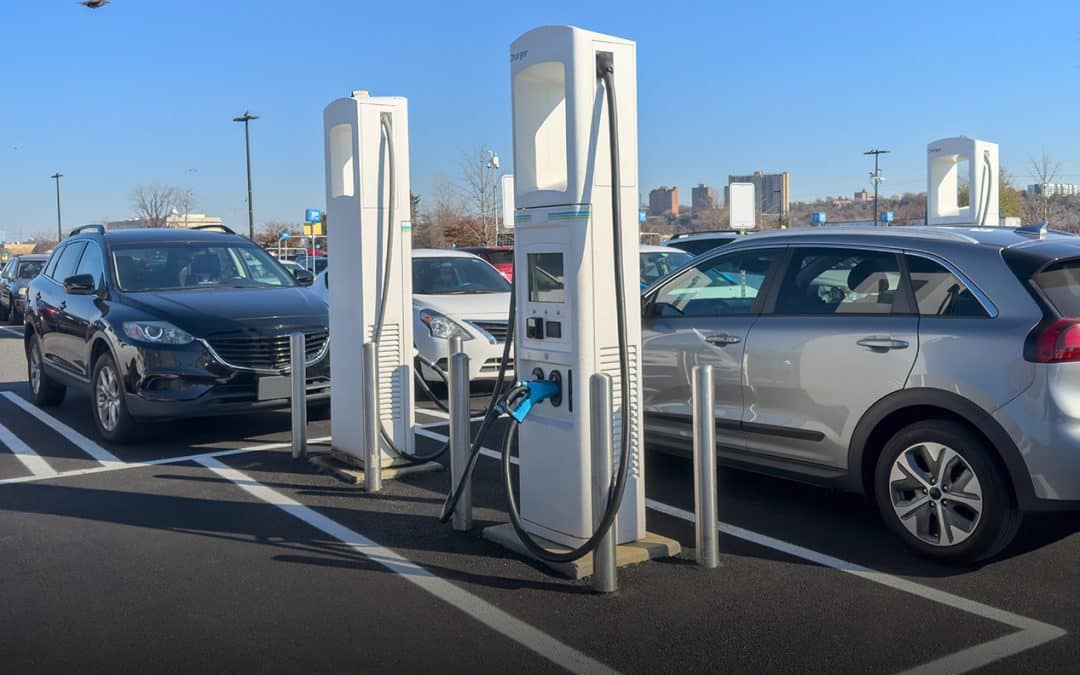Whether you want to have fun camping with your loved ones or tow a trailer, you need a trailer hitch. There are a few different types of trailer hitches that allow you to tow other vehicles as well as trailers. You can do the job yourself or turn to a pro to make sure it is safe. Take a look at some of the steps you need to take to install your hitch.
Who Can Install a Trailer Hitch?
The best place to look for someone to install your hitch is a repair shop near you. Most auto repair shops have technicians that can easily handle this job. You can also check with auto dealers that have service shops. Some shops that rent moving trucks also offer this service. The price usually ranges from $100 to $300 or is based on the amount of work required. You should keep in mind that the cost usually does not include the cost of the hitch itself.
How Long Does It Take to Install a Trailer Hitch?
When you hire a pro to install your hitch, the job will usually take a few hours. You have the chance to take a look at the hitch and approve the work before you pay. Some techs may ask for upfront payment though because they do not want to risk you leaving without paying. It’s easy to schedule an appointment for early in the morning when you have a day off work. You may want to drop off your car and pick it up later in the day too.
Types of Trailer Hitches
Trailer hitches come in different classes, which tell you where you can use them. Class 1 hitches are suitable for cars and crossover vehicles, while Class 2 hitches work on sport utility vehicles and larger cars. Classes 3 and up include hitches that are best for large SUVs as well as trucks. A ball hitch is the most common type. It consists of a metal ball placed on the back of your car that allows you to tow campers and other vehicles. A fifth wheel hitch works on most trucks and can support up to 3,000 pounds. With a receiver hitch, you can tow up to 20,000 pounds with any type of vehicle.
How to Install a Trailer Hitch
To install a trailer hitch, you must put your car up on jacks. This brings it up to your height and allows you to focus on the hitch. You will then remove most of the bolts from around your bumper to get access for the hitch. Most hitches come with a large ball that you install around the back of your vehicle. Because hitches are quite heavy, it’s helpful to have someone help you lift it and keep it in place while you attach the bolts.
Once you have the hitch in place, insert the included bolts through the openings. These bolts will keep the hitch attached to your car. Use a small amount of pressure to ensure that the hitch won’t move when you release it. You will then go back over the bolts with a torque tool that tightens them and ensures that they don’t loosen when you’re on the highway. Most hitches require a torque tool with up to 100 to 150 pounds of pressure. If you never used a tow hitch on your car before, you will need to drill holes through the body for your bolts.
Can I Install a Trailer Hitch by Myself?
After looking at the install trailer hitch ball instructions, you might wonder if you can tackle the job on your own. Though you can install it, you may find it helpful to have someone nearby who can help you with the basics. Make sure that you check the towing capacity to find a hitch capable of towing all of the weight you plan to carry. This will include both the weight of the vehicle or the camper and any weight you put on it. If you want to make sure that you stay safe on the road and don’t miss any steps, let an auto tech or mechanic install it for you.
Choosing the right auto insurance for your needs is even easier than following the required install trailer hitch steps. At MAPFRE Insurance, we can help you select a car insurance that fits your budget and offers all of the coverage you need. Contact us today to learn more about coverage for your camper and other vehicles.



